Exploring Yak Cheese: A Danger or Delight for Your Dog?
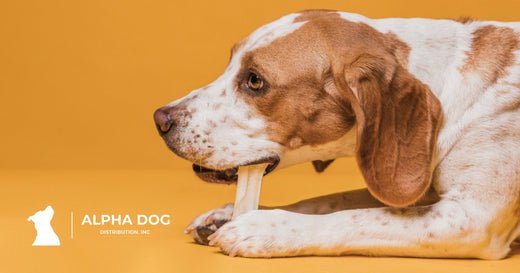
Welcome to the fascinating world of yak cheese for dogs. Is this cheese, a subject of debate, a safe treat or does it pose dangers to our four-legged friends? This article explores both aspects of this exotic delicacy.
- What is Yak Cheese?
- Ideal Age for Introduction
- How to Serve This Treat
- Precautions to Take
- Why Our Yak Cheese?
- Frequently Asked Questions
What is Yak Cheese?
Yak cheese is a traditional Himalayan product, handcrafted for centuries by local populations. It is a dried cheese made from yak milk, known for its high protein and calcium content while being relatively low in fat.
To produce it, the milk is first boiled, then mixed with a hint of lime juice and a pinch of salt to encourage coagulation. The curd obtained is then pressed and dried for several weeks at high altitude, giving it a hard and durable texture, ideal for chewing.
The Ideal Age to Introduce Yak Cheese in a Canine Diet
Choosing treats for our canine companions must be done carefully, especially when determining the right time to introduce them. Yak cheese, with its many qualities, is no different. So, from what age can you offer this treat to your dog?
- After Weaning: Once puppies are weaned and start eating solid food, generally around 8 weeks of age, you can introduce yak cheese in small amounts.
- During Teething: Around 3 to 6 months, when puppies are teething, yak cheese can provide relief by offering a safe and edible surface to chew on.
- For Adult and Senior Dogs: With their digestive systems fully developed and their permanent teeth in place, adult dogs can fully enjoy the benefits of yak cheese. For seniors, ensure that the hardness of the cheese does not jeopardize their fragile dental health.
It is important to start with small quantities and monitor your dog's reaction. If you notice signs of digestive troubles or allergies, consult your veterinarian. As always, moderation is key, and yak cheese should complement a balanced diet, rather than replacing regular meals.
How to Safely Offer Yak Cheese to Your Dog: Avoiding Dangers
Introducing yak cheese as a reward in your dog's diet is a great idea, but it is crucial to do so safely to avoid any unnecessary risks. Here are some practical tips to ensure your dog enjoys their new treat safely:
Portion Size:
- Small breeds (0 to 30 lbs): Choose cheeses large enough to encourage chewing, but manageable for small jaws. This reduces the risk of them being swallowed without chewing, which could cause choking. We recommend our medium-sized Alpha Dog yak cheeses.
- Large breeds (30 to 100 lbs): You can offer larger cheeses, but always suited to the size of the jaw and dog to encourage safe chewing. We recommend our large and jumbo yak cheeses.

Frequency of Treats:
- Occasional Treat: Make yak cheese a treat rather than a daily habit. Once or twice a week is a good pace to start.
Choking Prevention:
- Supervision: Keep an eye on your dog when they chew yak cheese, especially during the first uses.
- Managing Leftovers: Remove small pieces that could be swallowed whole to prevent choking. Use leftover yak cheese in the microwave to turn them into small, easy-to-consume treats.

Protection Against Dental Damage:
- For Sensitive Teeth: If your dog is old or has sensitive teeth, soak the yak cheese in water to soften it before giving.
- Veterinary Consultation: Make sure to consult your veterinarian if your dog has a history of dental problems before introducing yak cheese.
By following these recommendations, you will help make the experience of yak cheese a safe and enjoyable activity for your furry friend. And remember, the quality of the treats you offer is just as important as how you present them. By choosing Alpha Dog's yak cheese, you opt for a superior quality that respects the safety and well-being of your dog.
Precautions to Take with Yak Cheese
Yak cheese for dogs is appreciated for its naturalness and ability to offer hours of joyful chewing. However, like with any new food or treat, precautions must be taken to ensure the safety of your furry companion.
Identifying Potential Risks:
- Allergies: Be attentive to signs of allergies, such as itching or irritation after consuming yak cheese.
- Digestive Problems: Not all dogs digest hard treats in the same way. Monitor for signs of digestive discomfort such as diarrhea or vomiting, and stop consumption if necessary.
Safety Measures and Precautions:
- Gradual Introduction: Introduce yak cheese gradually into your dog's diet to allow their digestive system to adapt.
- Supervision: Keep a watchful eye on your dog as they chew yak cheese, especially during the first times.
- Hydration: Ensure your dog always has access to fresh water, especially when they consume salty treats like yak cheese.
- Appropriate Size: Make sure the size of the yak cheese is appropriate for your dog's size and chewing strength to prevent any risk of choking.
- Veterinarian Consultation: If you have any doubts or questions about introducing yak cheese, do not hesitate to consult your veterinarian.
Why Choose Alpha Dog's Yak Cheese for Your Dog
At Alpha Dog, we are committed to offering the highest quality products. Our yak cheese is produced using traditional methods that preserve its natural and nutritional qualities, ensuring a treat that is not only delicious but also beneficial for your dog's health.
By choosing Alpha Dog's yak cheese, you opt for a healthy, safe, and satisfying treat designed for your animal's well-being.
Frequently Asked Questions About Yak Cheese
Here are answers to some of the most frequently asked questions by dog owners about yak cheese. This information will help you understand how to optimally and safely use this treat.
Is yak cheese safe for all dogs?
Yes, yak cheese is generally safe for dogs of all breeds and ages. However, it is important to respect the appropriate size of the treat for your dog's size and to always monitor your animal when they chew to prevent choking risks.
From what age can I give yak cheese to my dog?
You can start offering yak cheese to your dog once they have reached 8 weeks of age and after weaning. Make sure the product is suitable for your puppy's size to facilitate chewing.
What should I do if my dog has an allergic reaction to yak cheese?
Allergic reactions to yak cheese are rare, but they can occur. If you observe symptoms such as itching, skin rashes, digestive troubles, or other signs of allergy, immediately stop giving yak cheese to your dog and consult your veterinarian.
Can yak cheese replace a toothbrush for my dog?
While yak cheese aids dental health by reducing plaque and tartar through chewing, it should not replace regular tooth brushing for your dog. It is always advisable to maintain a complete dental care routine.
What Cheese Should Not Be Given to a Dog?
Avoid cheeses high in lactose such as cream cheese or cottage cheese, especially if your dog is lactose intolerant. Cheeses with additives or seasonings (like onions or garlic) are also to be avoided. Opt instead for safer and healthier alternatives like yak cheese, which is low in lactose and free of harmful additives.
How to Give Yak Cheese to a Dog?
Introduce yak cheese gradually into your dog's diet, in small quantities. Make sure the size of the cheese is appropriate for your dog's size and monitor them while they chew to avoid choking risks.
Is Cheese Toxic to a Dog?
No, cheese is not toxic to dogs, but it should be consumed in moderation. For a healthier option, choose yak cheese, which is naturally low in lactose and fats, making it ideal even for sensitive or overweight dogs.


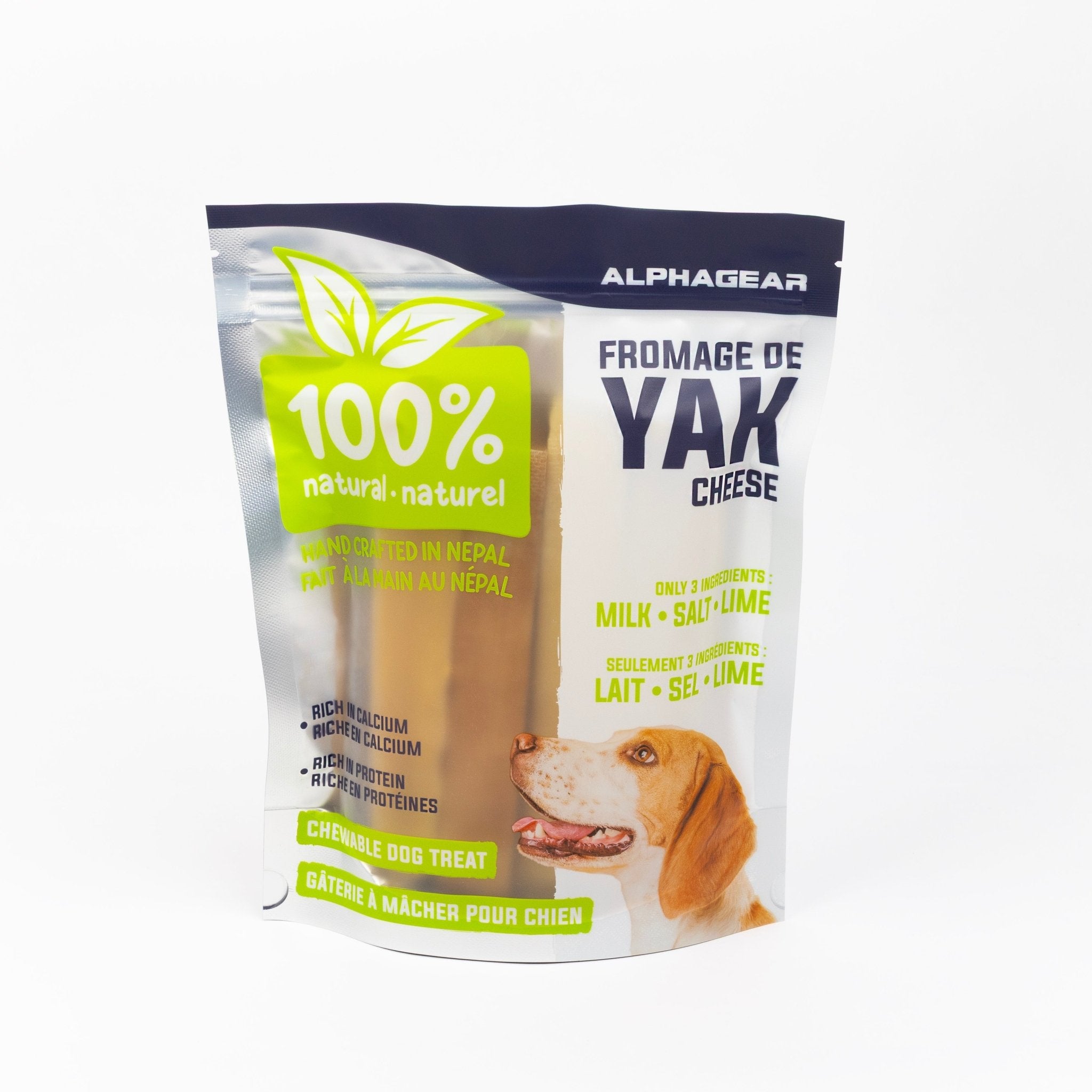
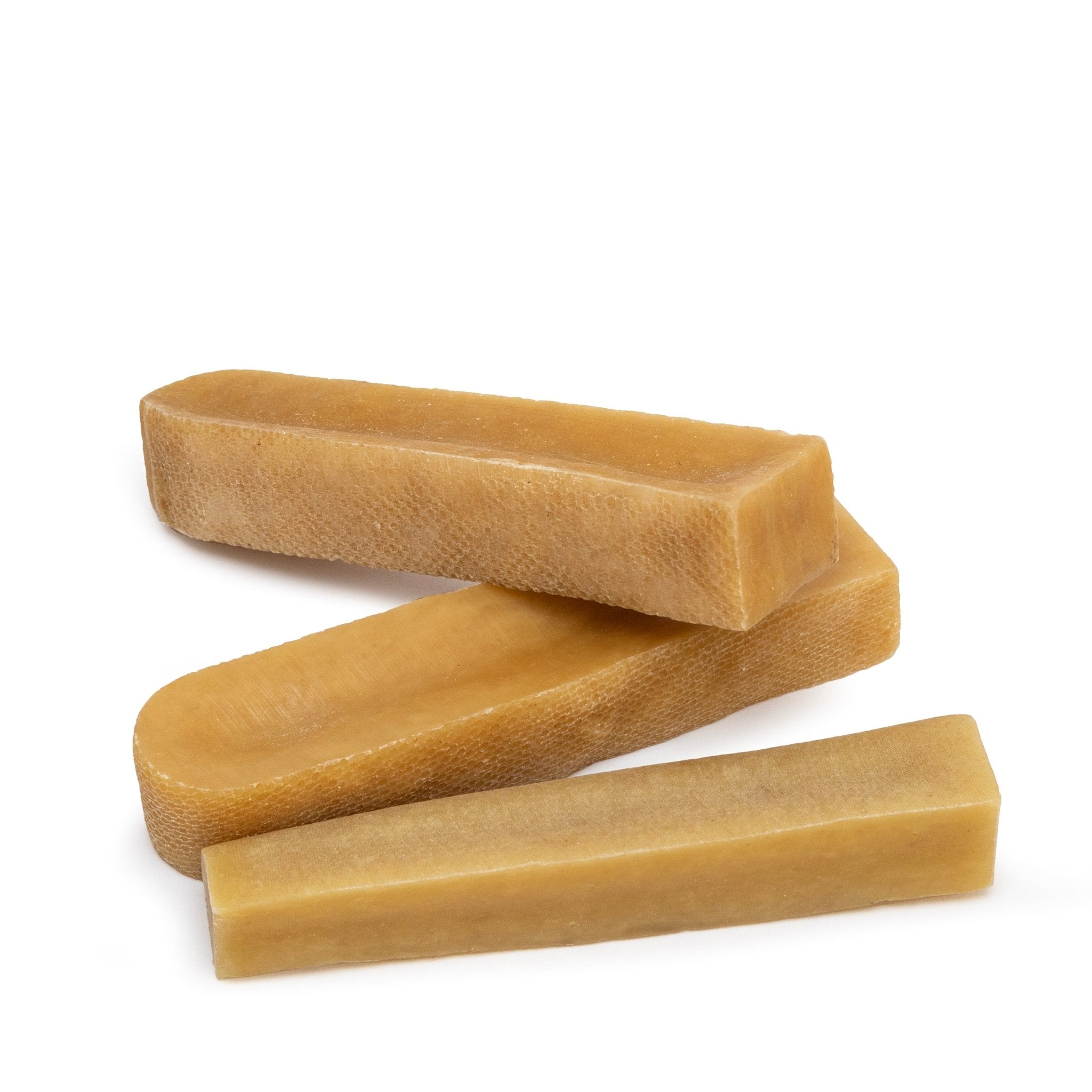
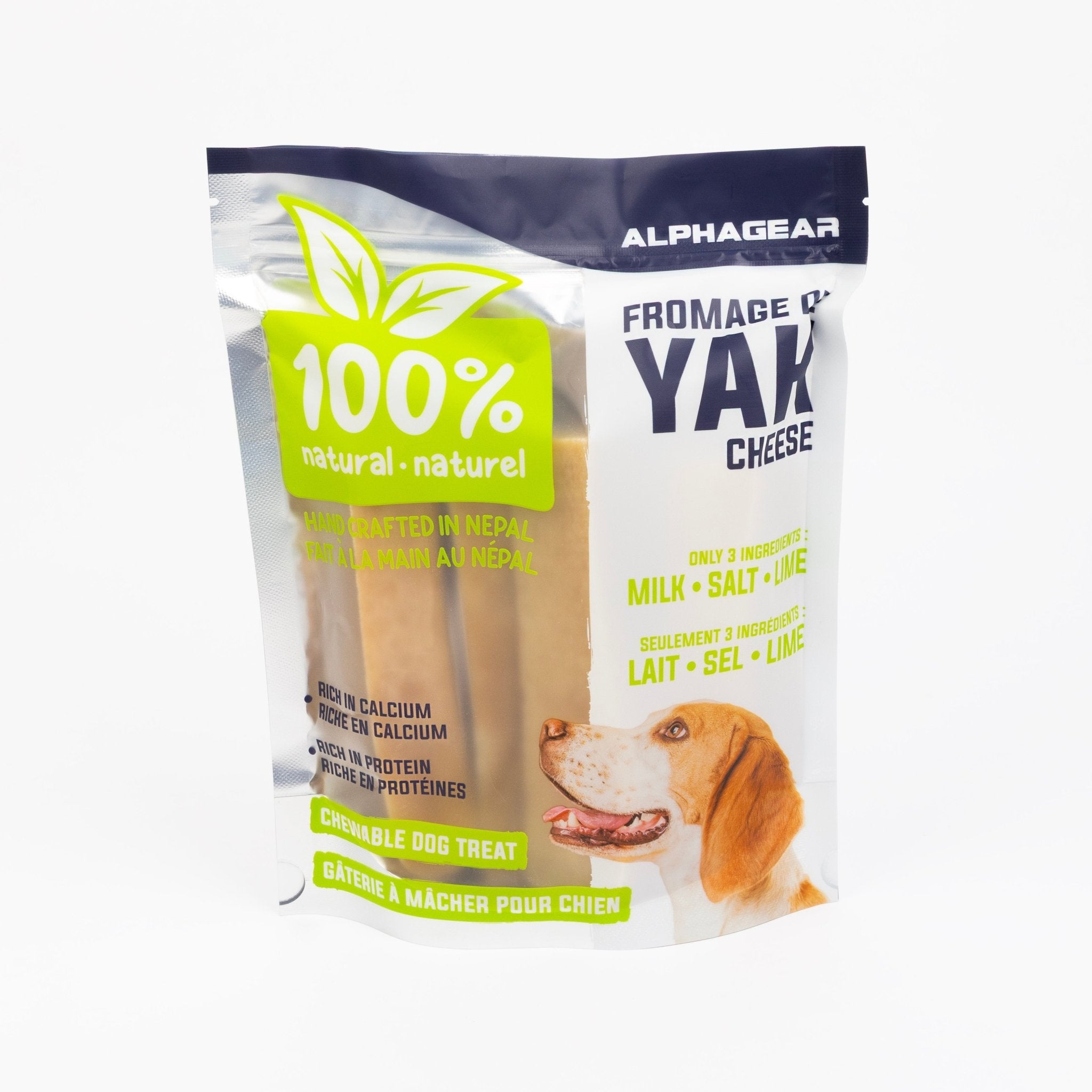
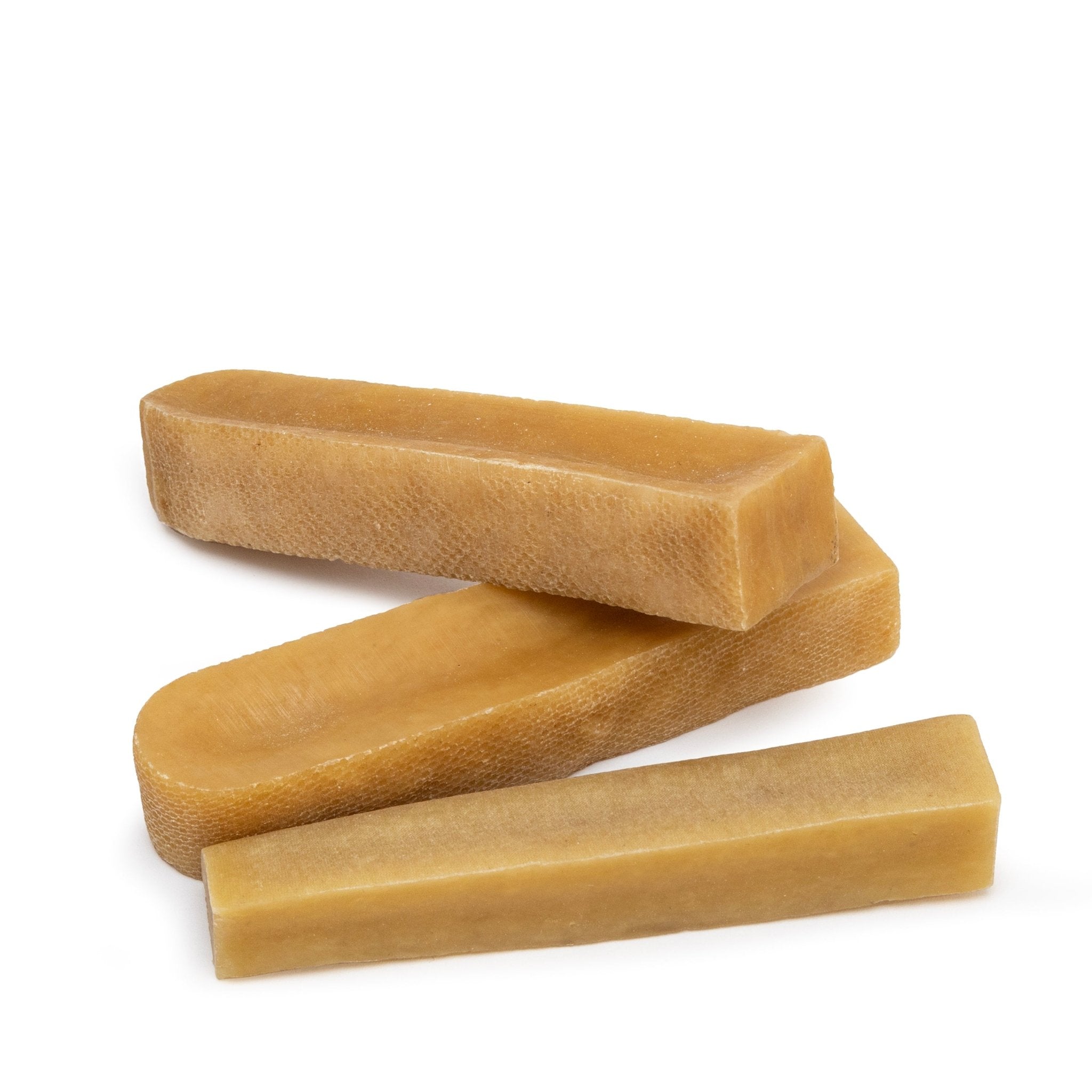
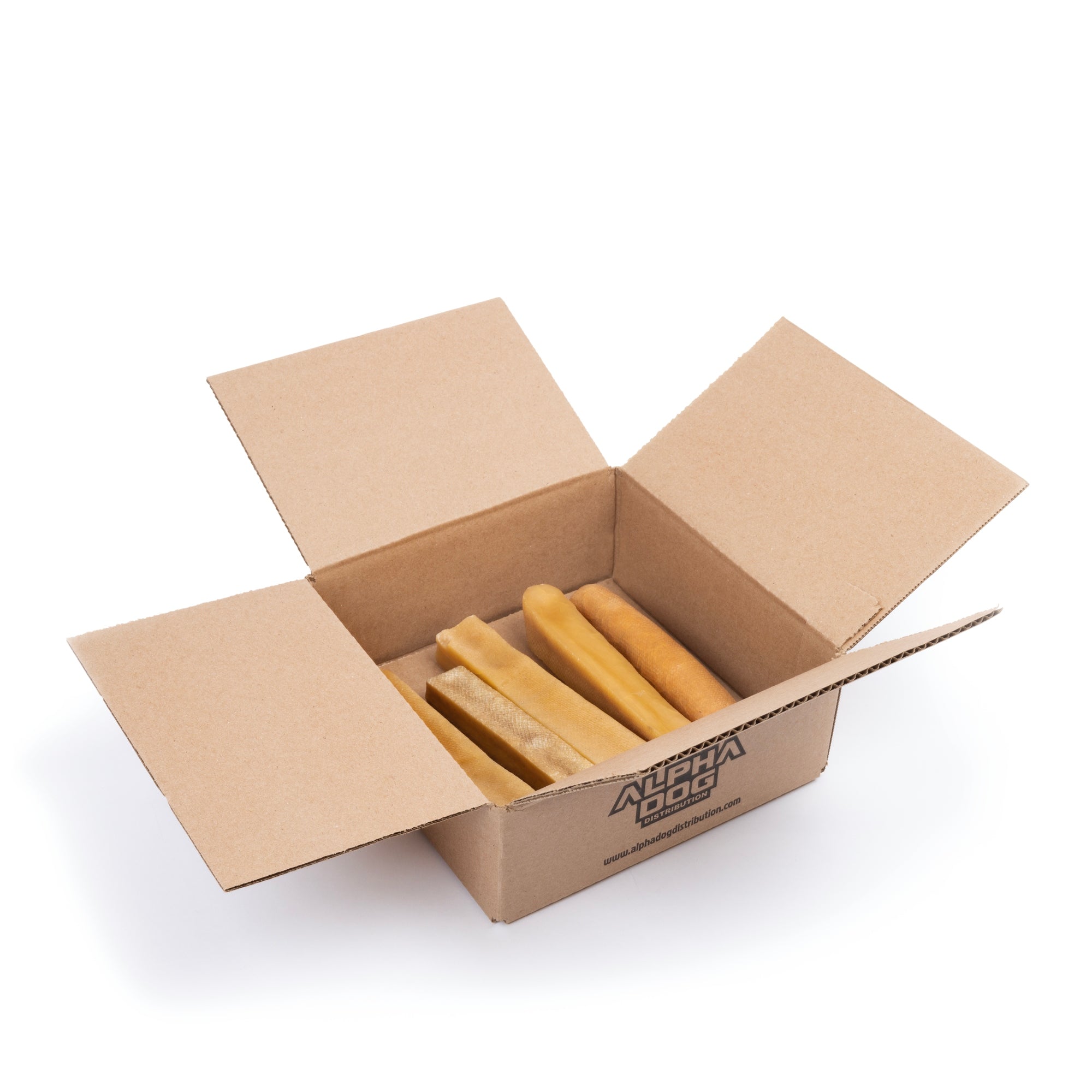



Comments